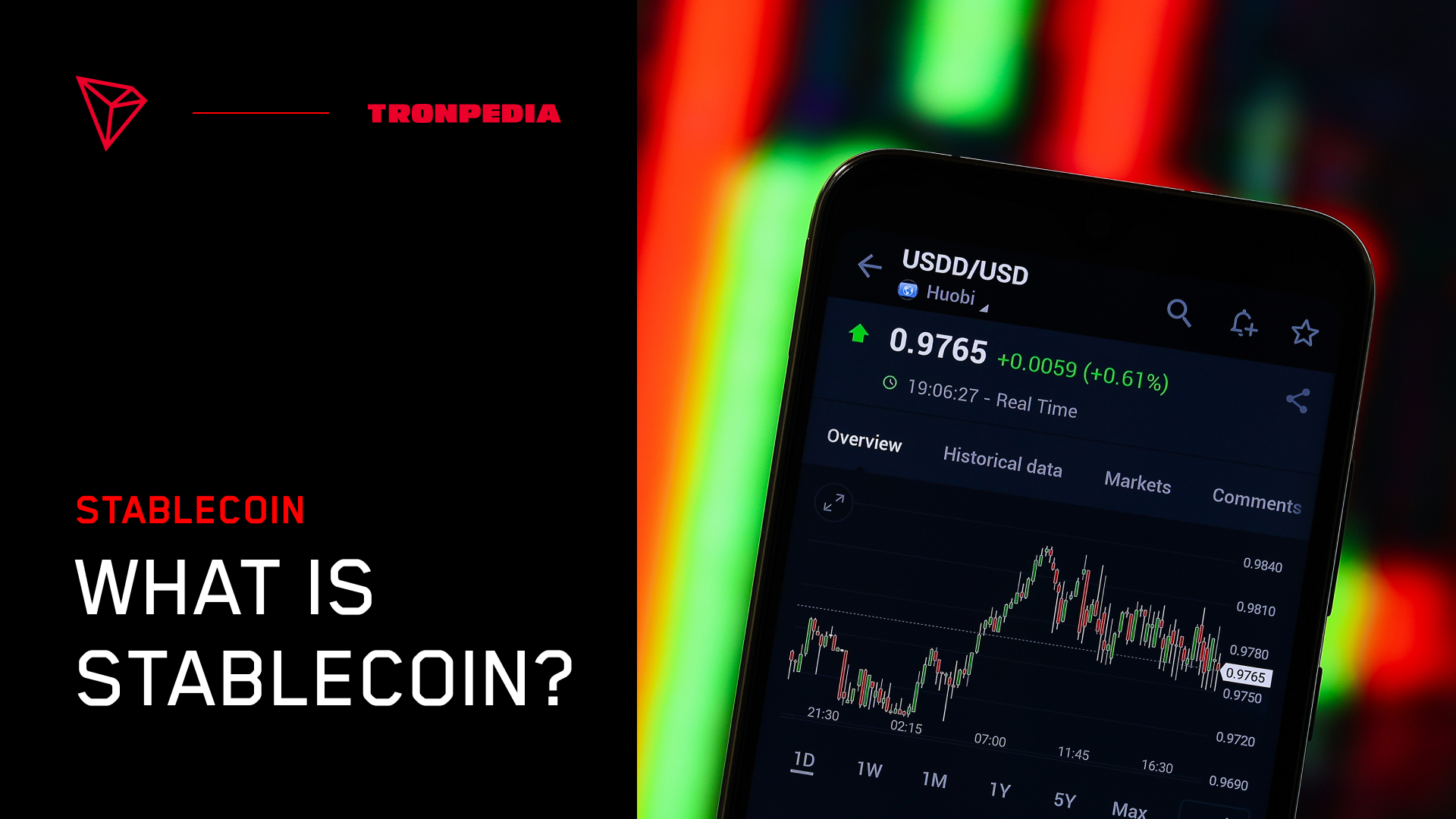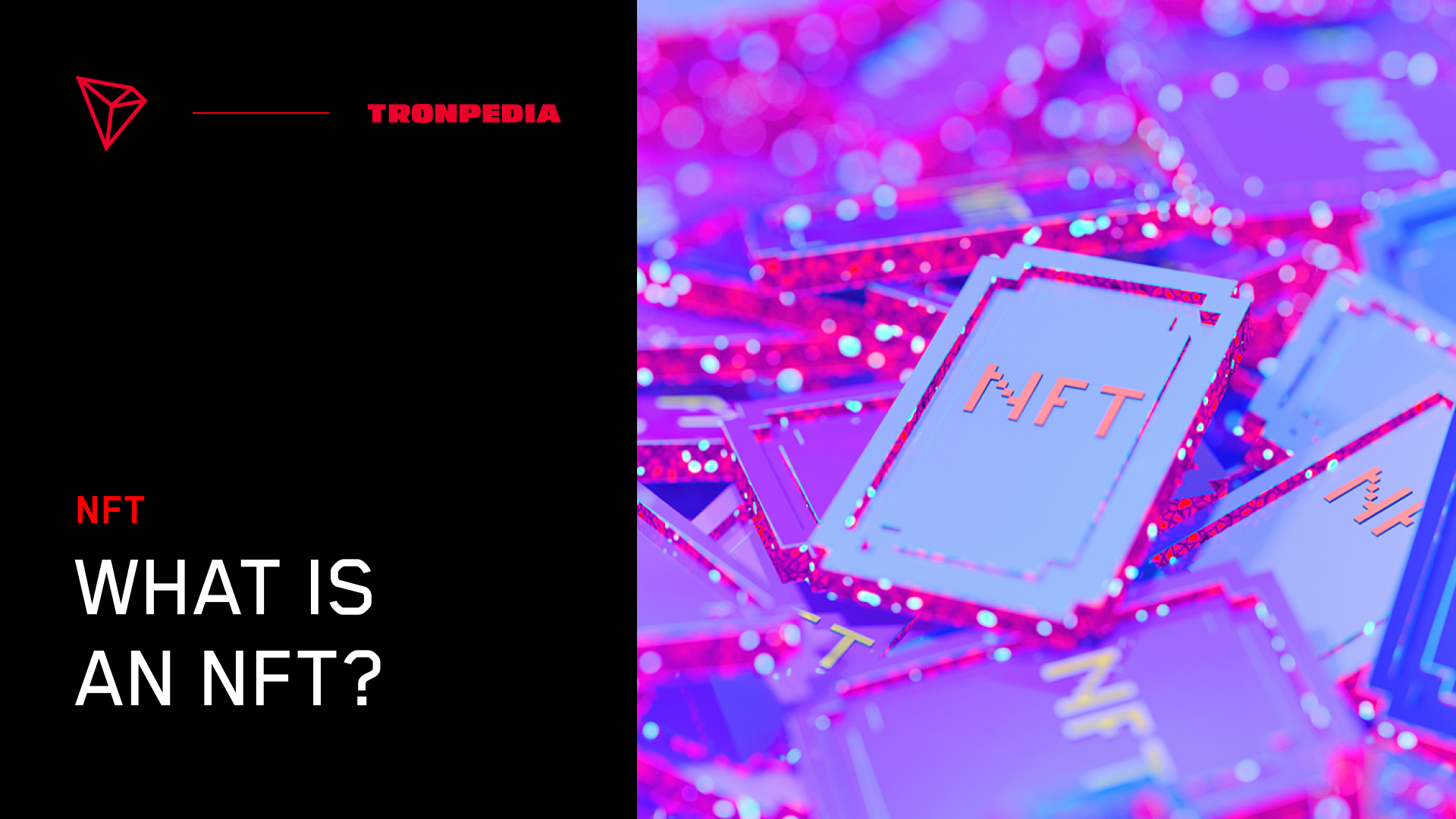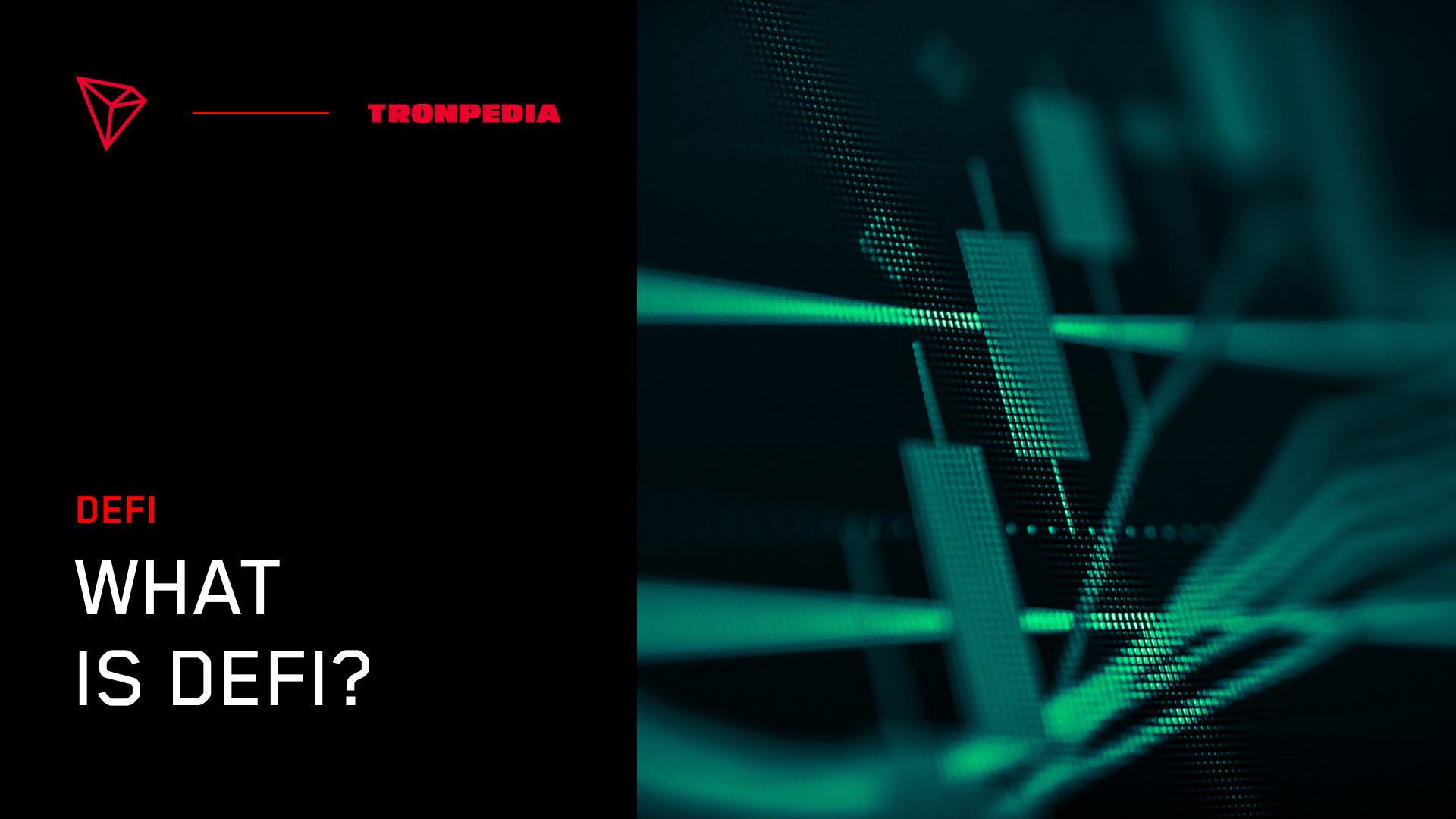What Is Crypto?
Cryptocurrency, on a simple level, is in fact what the name suggests – currency. Understanding that, first and foremost, is fundamental. Crypto is a unique type of currency, though, especially compared to the physical currency with which most people are familiar.
In their report “The Macroeconomic Impact of Cryptocurrency and Stablecoins” from July 2022, the World Economic Forum defined “crypto-asset” and “cryptocurrency” in this way:
- Crypto-Asset _ a type of private digital asset that depends primarily on cryptography and distributed ledger or similar technology
- Cryptocurrency _ digital assets and digital infrastructure such as Bitcoin and Ether that are open-sourced and public
While this definition speaks to the origins of crypto, further explanation is needed.
Crypto is a digital form of money exchanged for value-purposes within select tech communities.
Just like the Euro can be exchanged for the Dollar when someone flies into Orlando, FL to enjoy Disney World, physical currency gets exchanged for digital cryptocurrency when someone “flies” onto a web or app developed on a specific blockchain.
More technically speaking, crypto is a digital asset secured with cryptography exchanged on blockchain ledgers, which holds permanent record of all transactions across a distributed network.
In order to explain the words in that definition in hopes of further understanding, here are a few definitions:
- Cryptography utilizes math theories and computational figuring to encrypt and decrypt data in order to verify transactions and information.
- Blockchain is a distributed ledger in digital form decentralized across a vast network of computers connected to each other for validation and governance purposes, making it tougher to hack or cheat a select purpose or objective.
- Distributed describes the spreading out of something, like responsibility for affirmation and validation on a blockchain system.
- Decentralized describes something that has moved beyond one central authority or validator.
Crypto continues to evolve and is now usable not only on select blockchains, but also on a variety of e-commerce sites as well as in physical retail stores. Why is it being so widely accepted? Because it is a currency with actual, exchangeable value.
Types of Cryptocurrency
Numerous tech communities have created and now utilize their own “native” cryptocurrency. A few of them are “coins,” while most of them are tokens. What is the difference?
A cryptocurrency “coin” is a digital asset native to its own blockchain while independent of any other blockchain.
A cryptocurrency “token” is a digital unit issued on a particular blockchain, dependent on that specific blockchain for exchange, with a value determined in comparison to the “coin” of that blockchain.
Bitcoin (BTC) is deemed the first “coin” of crypto. Created in 2009, its fundamental purpose was to provide a peer-to-peer exchange of value that bypassed the “middle man” of centralized banking. While some vilify this purpose, claiming it is a breeding ground for corruption and money laundering, others value this purpose, claiming it is the best way for people to generate revenue and share economy together.
Bitcoin has grown significantly in value since its inception. What makes it possible for someone to exchange Bitcoin without having to exchange an entire Bitcoin is a Satoshi. A Satoshi is the smallest unit of a Bitcoin, equaling 0.00000001 BTC.
Ethereum’s native “coin” is ETH and is the second “coin” of crypto, although some argue the second is XRP. ETH and its Ethereum Network launched in 2015 not only as a peer-to-peer monetary exchange solution, but also as an open-source, programmable blockchain upon which developers can create decentralized applications or “dApps.” This paved the way for a variety of financial, social, and productivity applications to be innovated. It also paved the way for “Layer 2s.”
Ethereum is a “Layer 1” blockchain. It has a number of “Layer 2” blockchains built on top of it that extend Ethereum’s functionality in some unique way and utilize Ethereum as the settlement layer, or the layer upon which final exchange of value is transacted and finalizes. Polygon, Gala, Ankr, Arbitrum, Optimism, and many others are Layer 2s of Ethereum. Acting together, they create a strong and secure ecosystem for blockchain tech development and everyday utility as well as enterprise scalability.
Other stand-alone blockchains are Binance, Solana, Tezos, the Internet Computer Protocol, Flare, the XRP Ledger, and TRON. As of 25 June, 2018, TRON’s Independence Day, TRON shifted from being a Layer 2 on Ethereum to its own stand-alone blockchain with its own unique ecosystem. Almost every stand-alone blockchain, similar to Ethereum, has other sub-blockchains, like Layer 2s, built upon it.
Ripple, as mentioned before, is argued by some to have created the 2nd cryptocurrency “coin.” It was founded in June of 2012. Soon after, the XRP Ledger was launched as Ripple’s blockchain platform with XRP as its native “coin.” Much is being built on the XRP Ledger today, including significant tools for international monetary movement.
“Bridges” are worth mentioning in a crypto explanation. Something had to be innovated to “bridge” the various blockchains that are stand-alone. While they are not very secure at the moment, a number of blockchain developers are creating much-needed “bridges” to allow for exchange, programmability, and utility across a number of blockchains. Bridges are needed for interoperability of stand-alone blockchains to ensure mass adoption, because they enable less cumbersome usage in everyday life. Cosmos Network is one example of elite innovators assembled from major stand-alone blockchains who are attempting to create a more interoperable blockchain ecosystem.
One final concept worthy of mentioning is the Internet Computer Protocol (the IC). Some leaders call it the “Layer Zero” of all blockchain technology, because it is determined to enable all decentralized applications and data-movement across all blockchains to move at current gigabyte web speed. The jury is still out as to whether the IC can accomplish this, but the science and tech behind it are noteworthy.
How Does Cryptocurrency Work?
Understanding how crypto works starts with understanding its originally intended purpose. Remember, Bitcoin launched with its primary purpose being peer-to-peer monetary exchange. Bitcoin is more than just currency, though. It is a decentralized financial tech stack the likes of which the world had never seen prior to 2009. That decentralized, programmable technology is what makes cryptocurrency so powerful and useful. It is the distributed consensus of the blockchain network that requires distributed validation thus ensuring security and authenticity in all services provided.
There are many types of consensus mechanisms unique to each stand-alone blockchain. It is the consensus approach that makes cryptocurrency work and empowers the decentralized effect of blockchain technology. Here are a few examples:
- Proof of Work was the original consensus mechanism and is utilized on Bitcoin. Members of the Network are required to submit a solution to some sort of puzzle or problem in order to prove their work and prevent just anyone from cheating the system for personal gain. With Bitcoin, Proof of Work is used to validate transactions and thus to mine coin. It is this process that secures the peer-to-peer exchange such that a centralized banking authority is not needed.
- Proof of Stake is a consensus mechanism in which the more coins a validator has staked to collateralize the blockchain, the more rewards the validator gets for each validation of activity on the blockchain. This consensus mechanism is more widely accepted across most crypto ecosystems. Proof of Work, when utilized on a highly populated distributed network consumes a lot of energy, which is one of the reasons the Ethereum network recently “merged” to Proof of Stake.
- Delegated Proof of Stake is a consensus mechanism that further scales Proof of Stake. Those who have coins staked delegate their validation power to a select group of validators. With the collective power that has been delegated to them, they receive rewards for each validation of activity on the blockchain, then share those rewards with those who’ve delegated power, respective to the amount of coins each delegator has staked.
Each of these consensus mechanisms create blocks on the blockchain each time the distributed network validates a transaction or verifies work.
Two other components essential to the functionality of cryptocurrency are “smart contracts” and “canisters.”
“Smart contracts” are a digital agreement that auto-executes when predetermined conditions are met. In other words, when “THIS” occurs, “THAT” happens automatically. It cuts out the middleman and ensures that commitments are kept. Smart contracts were popularized in 2014 but were actually invented in the mid-1990s by Nick Szabo.
“Canisters” are basically smart contracts that are more scalable with memory capabilities to store software and data. They allow for high transaction speeds, serving multiple users at the same time, and are interoperable, in that they can call up information both from select websites and feeds as well as from other blockchains. Utility from other blockchains can even be integrated into them, which then allows those other blockchains to function at more of a current web-speed. The Dfinity Foundation describes canisters as “the building blocks of the Internet Computer.”
How Can Someone Exchange Physical Currency for Crypto?
Some people say they are “investing” in crypto. This is actually a bit of a misnomer. The correct description would actually be that people can exchange for crypto, since they are exchanging physical currency for cryptocurrency.
There are Custodial Exchanges and Non-Custodial Exchanges that allow users to exchange for crypto. Users can then interact with the crypto they exchange for in either Software Wallets or Hardware Wallets. And when necessary, users can use a “swapping” application to swap coin and tokens for other coin and token. Each of these are defined and explained in the TRONpedia article “The Necessary Tools for Using Crypto.”
If you want to learn more about crypto, please stay connected to TRONpedia by subscribing to our weekly newsletter that sends out the topics added in the previous week to the TRONpedia library.




